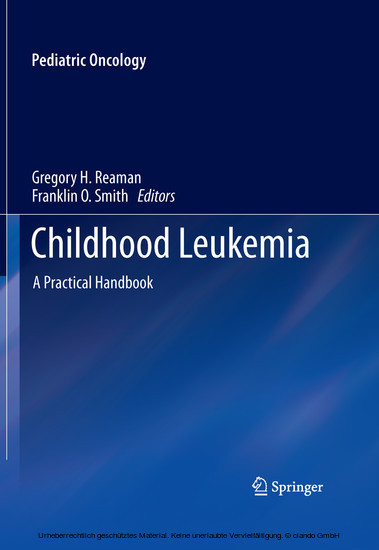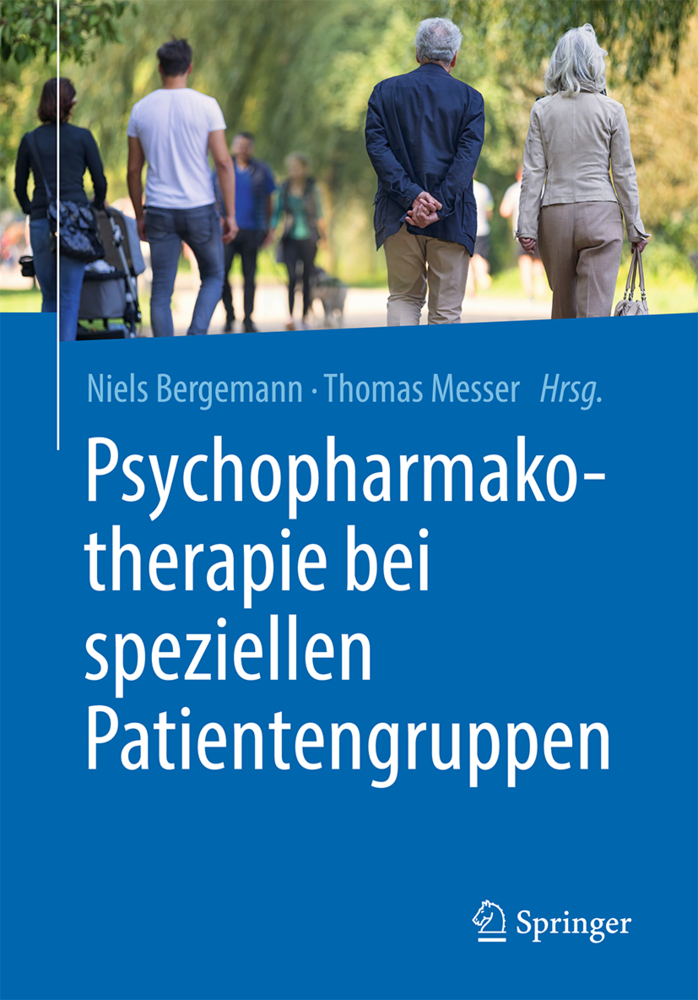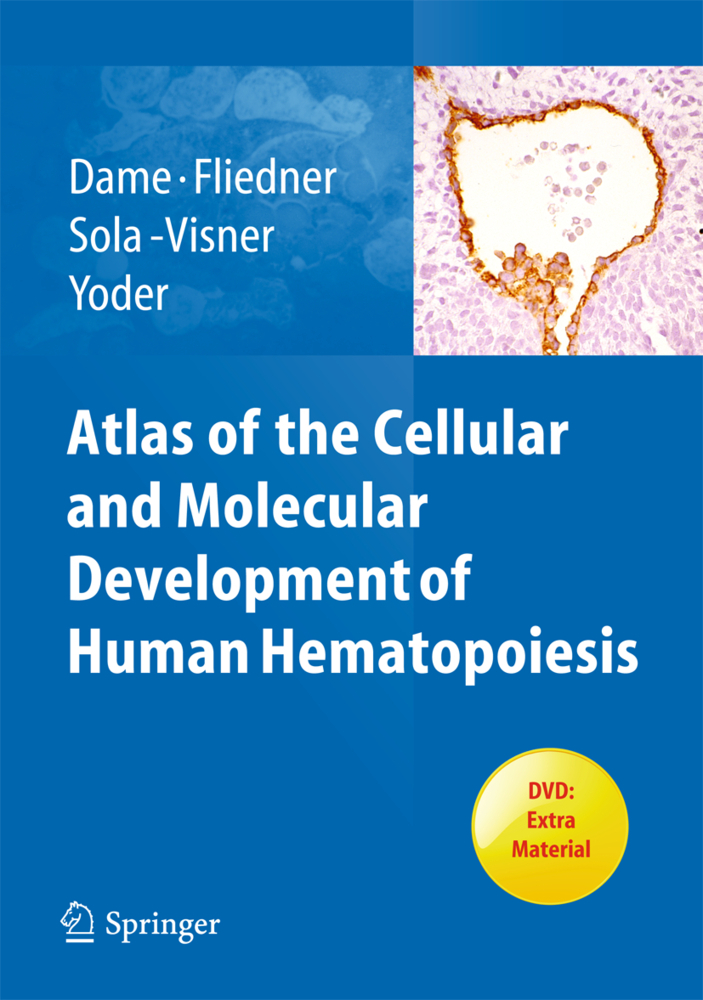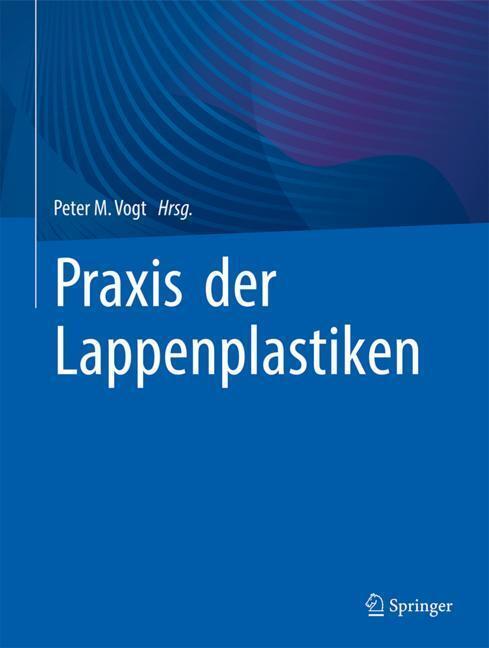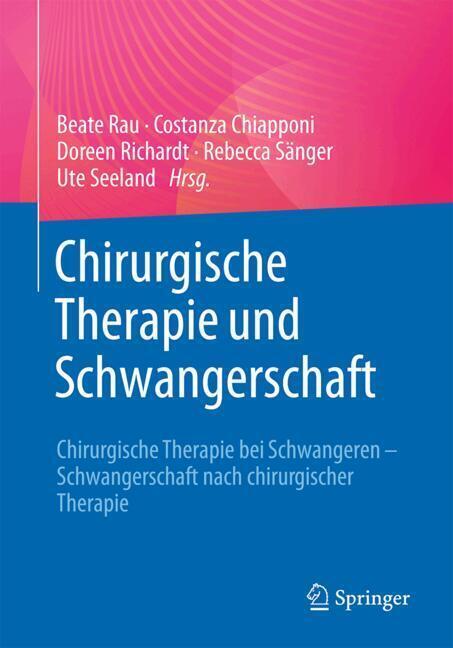This book is a comprehensive and up-to-date compendium on all aspects of childhood leukemia. After introductory chapters on the epidemiology and biology of pediatric leukemia, treatment considerations are extensively reviewed, with emphasis on the use of risk-adjusted treatment approaches. Promising targeted agents are discussed, and strategies for the development of new agents are appraised. The late effects of leukemia and its therapy are then considered in depth, with due attention to management of the psychosocial impact of the disease. Finally, global strategies to improve leukemia care and outcome are reviewed, and future directions discussed. The authors are internationally recognized experts and offer a largely evidence-based consensus on etiology, biology, and treatment. This handbook has far-reaching applicability to the clinical diagnosis and management of pediatric leukemia and will prove invaluable to specialists, generalists, and trainees alike.
1;Childhood Leukemia;2 1.1;Copyright Page;3 1.2;Preface;4 1.3;Acknowledgments;5 1.4;Contents;6 1.5;Part I:Genetics and the Epidemiologyof Leukemia in Children;8 1.5.1;1: Epidemiology of Acute Childhood Leukemia;9 1.5.1.1;1.1 Classification and Natural History;9 1.5.1.1.1;1.1.1 Classification: Immunophenotype, Morphology;9 1.5.1.1.2;1.1.2 Classification: Molecular and Cytogenetics;10 1.5.1.1.2.1;1.1.2.1 Acute Lymphoid Leukemias;10 1.5.1.1.2.2;1.1.2.2 Acute Myeloid Leukemias;11 1.5.1.1.3;1.1.3 Natural History of Leukemia;12 1.5.1.2;1.2 Incidence, Survival, and Trends;13 1.5.1.2.1;1.2.1 International Incidence Rates;13 1.5.1.2.2;1.2.2 U.S. Incidence Rates and Trends;13 1.5.1.2.3;1.2.3 Survival;16 1.5.1.3;1.3 Risk Factors for Childhood Leukemia;17 1.5.1.3.1;1.3.1 Genetic Syndromes;17 1.5.1.3.2;1.3.2 Environmental and Other Risk Factors for Childhood Leukemia;17 1.5.1.3.2.1;1.3.2.1 Ionizing Radiation;18 1.5.1.3.2.2;1.3.2.2 Prior Chemotherapy;18 1.5.1.3.2.3;1.3.2.3 Reproductive History;18 1.5.1.3.3;1.3.3 Lifestyle Factors;19 1.5.1.3.3.1;1.3.3.1 Cigarette Smoking;19 1.5.1.3.3.2;1.3.3.2 Alcohol Consumption;19 1.5.1.3.3.3;1.3.3.3 Occupational Exposures;19 1.5.1.3.3.4;1.3.3.4 Maternal/Child Diet;19 1.5.1.3.3.5;1.3.3.5 Vitamin Supplementation;20 1.5.1.3.3.6;1.3.3.6 Pesticides;20 1.5.1.3.3.7;1.3.3.7 Infections;20 1.5.1.3.3.8;1.3.3.8 Birth Weight;21 1.5.1.3.4;1.3.4 Genetic Susceptibility;22 1.5.1.4;1.4 Challenges and Future Directions;23 1.5.1.4.1;1.4.1 Improvements in Identification of Cases and Controls for Studiesin the United States;23 1.5.1.4.1.1;1.4.1.1 Cases;23 1.5.1.4.1.2;1.4.1.2 Controls;24 1.5.1.4.2;1.4.2 Opportunities for Validation;24 1.5.1.4.2.1;1.4.2.1 Neonatal Blood Spots;24 1.5.1.4.2.2;1.4.2.2 Maternal-Fetal Cohort Studies;25 1.5.1.4.3;1.4.3 Comprehensive Use of Animal Models to Assess Exposure/Cancer Relationships;25 1.5.1.5;1.5 Conclusion;26 1.5.1.6;References;27 1.6;Part II:Biology of Pediatric Leukemia;33 1.6.1; 2: The Biology of Acute Lymphoblastic Leukemia;34 1.6.1.1;2.1 Introduction;34 1.6.1.2;2.2 The Cellular Biology of Acute Lymphoblastic Leukemia (ALL);35 1.6.1.2.1;2.2.1 Lymphoid Development and Immunophenotype of Acute Lymphoblastic Leukemia;35 1.6.1.2.1.1;2.2.1.1 Lymphoid Development;35 1.6.1.2.1.2;2.2.1.2 B-Cell Development;36 1.6.1.2.1.3;2.2.1.3 T-Cell Development;36 1.6.1.2.1.4;2.2.1.4 Immunophenotype of Acute Leukemia;37 1.6.1.2.2;2.2.2 Antigen Receptor Genes and Clonality;38 1.6.1.2.2.1;2.2.2.1 Immunoglobulin (Ig) and T-Cell Receptor (TCR) Gene Rearrangements in ALL;38 1.6.1.2.2.2;2.2.2.2 Assessment of Clonality by PCR Amplification;39 1.6.1.2.2.3;2.2.2.3 Use of Ig and TCR Gene Rearrangements for the Detection of MRD;39 1.6.1.2.3;2.2.3 Leukemia-Initiating Cells in ALL;40 1.6.1.3;2.3 The Molecular Biology of ALL;41 1.6.1.3.1;2.3.1 Introduction to Cancer Genomics and New Technology;41 1.6.1.3.2;2.3.2 Host Susceptibility to ALL;42 1.6.1.3.2.1;2.3.2.1 Genetic Syndromes and Down Syndrome ALL;42 1.6.1.3.2.2;2.3.2.2 Germline Genetic Variation and ALL;43 1.6.1.3.3;2.3.3 Somatic Genetic Changes in ALL;43 1.6.1.3.3.1;2.3.3.1 Chromosomal Lesions and Karyotype;43 1.6.1.3.3.2;2.3.3.2 Copy Number Abnormalities;45 1.6.1.3.3.3;2.3.3.3 Gene Expression Profiling;48 1.6.1.3.3.4;2.3.3.4 Discovery of Novel Therapeutic Targets Through DNA Sequencing and Genomic Studies;51 1.6.1.3.3.5;2.3.3.5 Epigenetic Modifications and Posttranscriptional Regulation by microRNAs;53 1.6.1.4;2.4 Signaling Pathways in Childhood ALL;55 1.6.1.4.1;2.4.1 BCR-ABL Tyrosine Kinase;55 1.6.1.4.2;2.4.2 FLT-3 Receptor Tyrosine Kinase;55 1.6.1.4.3;2.4.3 JAK Tyrosine Kinase;56 1.6.1.4.4;2.4.4 Pre-B Cell Receptor;56 1.6.1.4.5;2.4.5 RAS Pathway;56 1.6.1.4.6;2.4.6 NOTCH1 Pathway;57 1.6.1.4.7;2.4.7 Therapy Targeted to Signaling Pathways;57 1.6.1.5;2.5 The Apoptotic Pathway and ALL;57 1.6.1.6;2.6 The Biology of Relapsed ALL;59 1.6.1.7;2.7 Summary;62 1.6.1.8;References;62 1.6.2;3: Biology of Acute Myeloid Leukemia;67 1.6.2.1;3.1 Introduction;67 1.6.2.2;3.2 Cytogenet
Reaman, Gregory H.
Smith, Franklin O.
| ISBN | 9783642137815 |
|---|---|
| Article number | 9783642137815 |
| Media type | eBook - PDF |
| Edition number | 2. Aufl. |
| Copyright year | 2011 |
| Publisher | Springer-Verlag |
| Length | 336 pages |
| Language | English |
| Copy protection | Digital watermarking |

